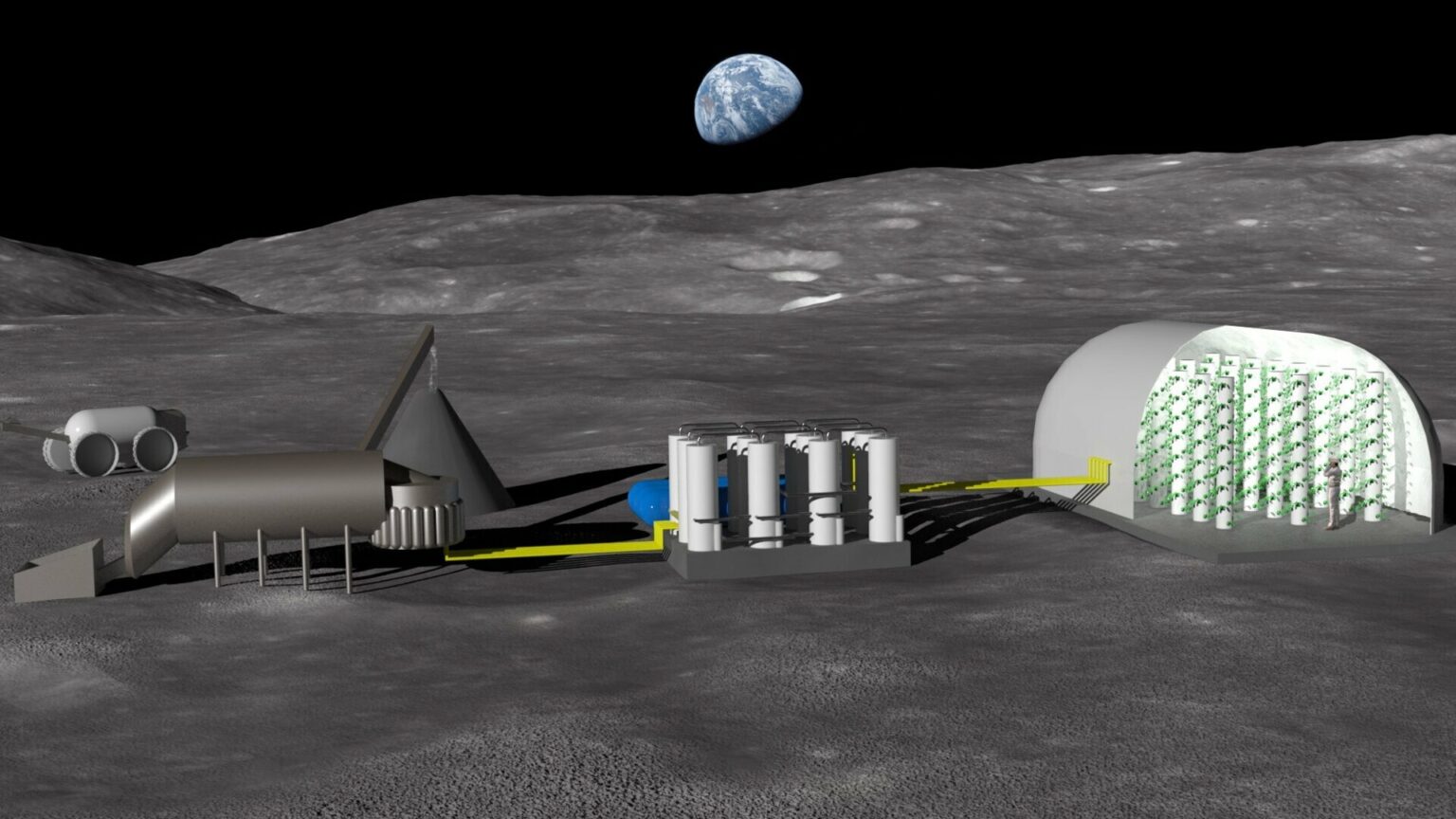Scientists have proposed to arrange hydroponic farms on the Moon for growing plants. Fertilizers that are necessary for their functioning are proposed to use the lunar soil itself.

Growing plants and lunar soil
A new research project of the European Space Agency under the management of the Norwegian company Solsys Mining offers a solution that will provide the future lunar colony with oxygen and food. The Enabling Lunar In-Situ Agriculture by Producing Fertilizer project from Beneficial Regolith assumes that agriculture will provide the station with them.
Researchers from the Norwegian Geotechnical Institute (NGI) and the Centre for Interdisciplinary Research in Space (CIRiS) show that in addition to nitrogen-containing compounds, the lunar soil has everything necessary for growing plants.
The only problem that prevents it from being used for traditional agriculture is the high density that it acquires after wetting with water. The roots of plants simply will not be able to break through it.
Hydroponics on the Moon
Therefore, experts suggest using another technology for monthly farms — hydroponics. It involves growing plants without soil on nutrient solutions and in a controlled environment. Thus, it is possible to get even better yields than with traditional farming.
However, hydroponics still needs nutrients. Therefore, researchers propose to process nutrients into fertilizers directly on the Moon. They have already developed a process that will allow them to accumulate the necessary substances, which are not so much in the local regolith, and remove excess harmful chemical compounds.
The initial stage is mechanical sorting of the soil. After that, it enters the central station, where it is leached. After that, the extracted chemicals will be dissolved in water for further use in hydroponic systems.
The Solsys Mining team is optimistic, as they have already grown beans using imitation lunar regolith as a source of nutrients. Thus, they proved that the Lunar Base could provide itself with everything necessary using local resources.
According to phys.org
Follow us on Twitter to get the most interesting space news in time
https://twitter.com/ust_magazine

